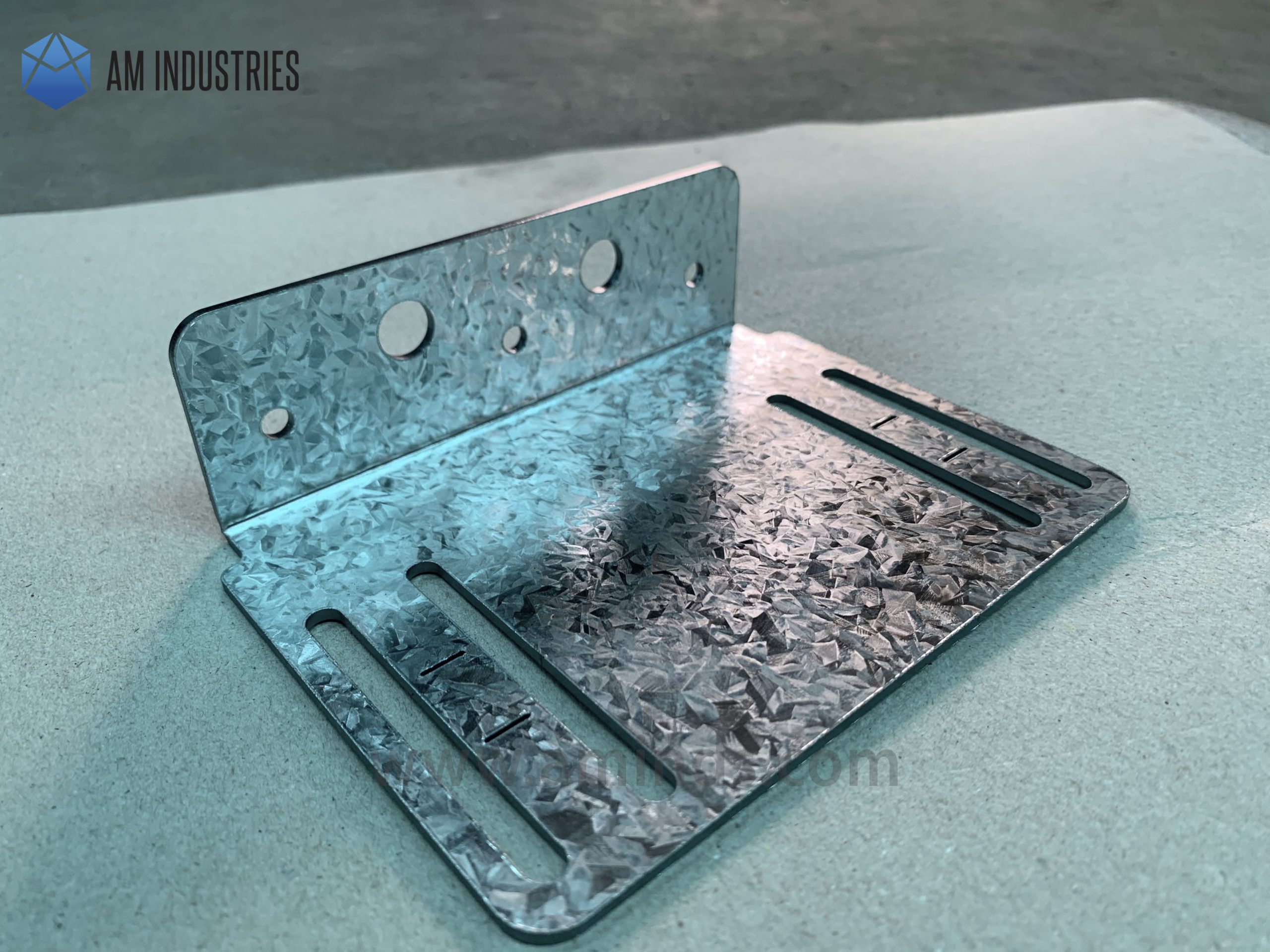Metal Stamping: Developments Driving Sector Growth
Metal Stamping: Developments Driving Sector Growth
Blog Article
Steel Stamping Technologies: Elevating Manufacturing Processes for Superior Results
In the world of making processes, metal marking has actually long been a foundation technique for producing a selection of precision components. With the unrelenting march of technical advancement, the landscape of metal stamping is undertaking a substantial transformation.
Advancement of Steel Marking Strategies

Furthermore, innovations in product science have actually caused the development of high-strength alloys that can now be flawlessly marked into detailed forms, satisfying a more comprehensive variety of commercial applications. The integration of robotics and fabricated knowledge has actually better optimized the stamping process by improving speed and precision while lowering the risk of human error.

Impact of Advanced Products
Have sophisticated materials changed metal stamping procedures significantly in the production market? By making use of products such as high-strength alloys, progressed compounds, and cutting-edge coverings, steel stamping processes can now generate components that are lighter, stronger, and a lot more sturdy than ever in the past.
These advanced materials supply exceptional mechanical properties, deterioration resistance, and thermal security, allowing manufacturers to satisfy the demands of contemporary sectors such as aerospace, auto, and electronic devices. Furthermore, making use of innovative products in steel marking has helped with the manufacturing of intricate geometries and complex styles that were formerly unattainable with traditional methods.
In addition, the execution of sophisticated materials has actually led to reduced material waste, lower manufacturing expenses, and much shorter preparations, making steel stamping procedures more lasting and affordable. As innovation remains to development, the effect of innovative products on metal stamping processes is expected to drive further innovation and improve the competitiveness of producers in the international market.
Automation in Metal Stamping
The evolution of metal stamping processes driven by the combination of innovative materials has actually set the phase for substantial advancements in automation within the manufacturing market. Automation in steel stamping has transformed manufacturing processes, enhancing performance, precision, and general output high quality. Through the usage of robotics, sensing units, and computer-controlled systems, tasks that were when manual and taxing can now be executed with unmatched rate and precision.
Automation in steel marking not just accelerates production rates yet likewise makes certain consistency in the production procedure. By lessening human intervention, the risk of mistakes is considerably decreased, bring about greater degrees of item uniformity and integrity. Additionally, automation enables suppliers to embark on complicated stamping jobs that would certainly be tough or unwise to achieve by hand.
Moreover, automation in metal stamping contributes to a more secure working setting by decreasing the requirement for workers to participate in hazardous or recurring jobs - Metal Stamping. This change in the that site direction of automation not only improves performance but additionally leads the way for the future of manufacturing, where innovation plays a main role in driving functional quality
Quality Assurance and Evaluation Systems
With a focus on accuracy and dependability, quality assurance and examination systems play an essential function in making sure item quality in steel stamping procedures. These systems are go to this site developed to monitor every stage of manufacturing, from product examination to the end product, to guarantee that all elements meet the called for criteria. By carrying out advanced technologies such as optical evaluation systems, coordinate gauging equipments (CMM), and automated gauging tools, manufacturers can identify even the smallest inconsistencies in measurements, surface top quality, and overall stability of stamped components.

Sustainability Practices in Steel Stamping
Building upon the foundation of precision and integrity developed with quality assurance and inspection systems, the integration of sustainable techniques in metal stamping procedures is progressively coming to be a prime focus for makers seeking to minimize environmental effect and optimize source application. Sustainability techniques in metal stamping encompass an array of campaigns targeted at lowering waste generation, energy intake, and greenhouse gas emissions throughout the production procedure.
One key aspect of sustainability in metal stamping is the fostering of eco-friendly products and modern technologies that advertise recyclability and waste reduction. By utilizing recycled products and implementing energy-efficient equipment, suppliers can reduce their carbon impact and add to a much more sustainable production cycle. In addition, optimizing production procedures to decrease product waste and power usage not only benefits the environment however additionally brings about cost savings for services in the long run.
Moreover, the implementation of lasting practices in steel stamping can improve brand name track record and interest environmentally mindful consumers. As sustainability continues to get value in the manufacturing market, incorporating eco-friendly efforts into steel stamping processes is necessary for long-lasting success and competition on the market.
Verdict
To conclude, metal marking strategies have actually significantly evolved with time, including innovative materials and automation to improve making processes. Quality my link control and inspection systems play a critical role in making certain superior outcomes, while sustainability practices are progressively being executed to lower ecological impact. These technologies in steel stamping have reinvented the industry, bring about much more lasting and effective production approaches for various markets.
Steel marking, once a handbook and labor-intensive process, has transformed right into a very automated and sophisticated method of forming metal sheets into numerous kinds and layouts.Have innovative products transformed steel stamping processes significantly in the manufacturing industry? By making use of products such as high-strength alloys, progressed compounds, and innovative finishes, steel marking procedures can currently produce elements that are lighter, more powerful, and extra resilient than ever in the past.
The development of steel marking processes driven by the assimilation of innovative products has actually established the phase for considerable advancements in automation within the production industry.In conclusion, metal marking techniques have actually significantly evolved over time, including advanced materials and automation to enhance manufacturing processes.
Report this page